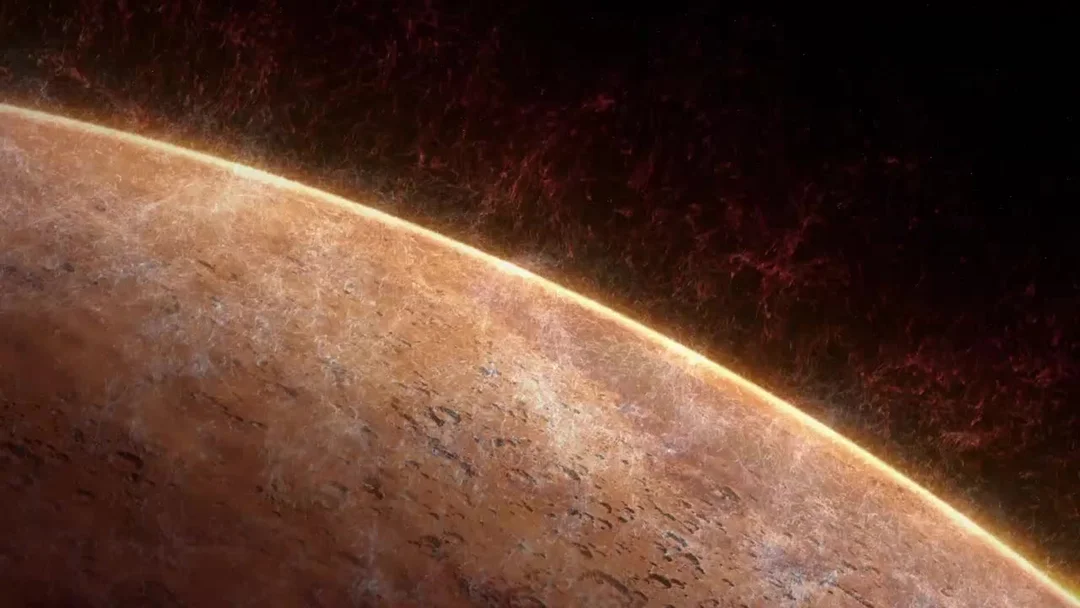
Hidden Martian Ocean? Seismic Data Suggests Vast Liquid Water Reserves Beneath the Surface
New research based on seismic data from NASA's InSight lander is stirring excitement: could a hidden ocean of liquid water exist deep beneath the Martian surface? This discovery would be a major breakthrough, potentially revolutionizing our understanding of Mars' past, present, and future.
An international team, including researchers from China, Australia, and Italy, analyzed data collected by InSight's Seismic Experiment for Interior Structure (SEIS) during its four-year mission. The findings, published in the journal National Science Review, point toward a “low-velocity layer” 5.4 to 8 kilometers (3.4 to 5 miles) beneath the surface, strongly suggesting the presence of liquid water.

For years, scientists have known that Mars was once a water-rich planet. Geological evidence suggests lakes, rivers, and even oceans existed billions of years ago. However, much of that water seemingly vanished, leaving behind the arid landscape we see today. The burning question has been: where did it go?
While some water likely escaped into space due to solar winds, this new research suggests a significant portion may have percolated deep into the Martian crust. Dr. Hrvoje Tkalčić of The Australian National University notes, "The water involves profound questions about life and humanity’s future on the Red Planet."
The team focused on seismic waves generated by two meteorite impacts in 2021 and a significant marsquake in 2022. By analyzing how these waves traveled through the planet, they identified the low-velocity anomaly, which they believe is porous rock filled with liquid water. They compare it to Earth's aquifers, "where groundwater seeps into rock pores."
This potential underground reservoir could hold a global equivalent layer (GEL) of water ranging from 520 to 780 meters (1,700 to 2,560 feet) thick, roughly equivalent to the liquid water contained within Antarctica's ice sheet. This discovery potentially accounts for the "missing" water that scientists have been trying to locate for years.

While exciting, the findings come with caveats. The estimate is based on a single local reading from InSight, and doesn't account for structural variations across Mars. Further, pre-existing models may not fully account for primordial water located even deeper within the crust.
The presence of liquid water is crucial for life as we know it. Could these underground reservoirs harbor Martian life? While we can't know for sure without drilling, the possibility is tantalizing. As the researchers suggest, future missions with seismometers and drills are needed to confirm this groundbreaking discovery and gather more clues.
This discovery has major implications for future Mars exploration and potential human settlements. Locating a readily accessible source of water would be a game-changer for long-term missions.
What do you think of the potential implications of this discovery? Could this hidden ocean hold the key to understanding Martian life? Share your thoughts in the comments below!